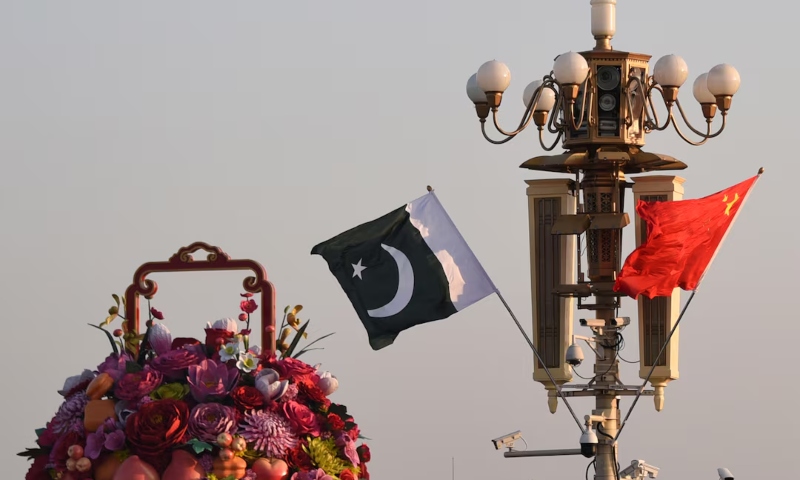- Web Desk
- 20 Minutes ago

In Gilgit-Baltistan, Eidul Fitr is incomplete without sheriks
-
- Web Desk Tanveer Abbas
- Apr 01, 2025
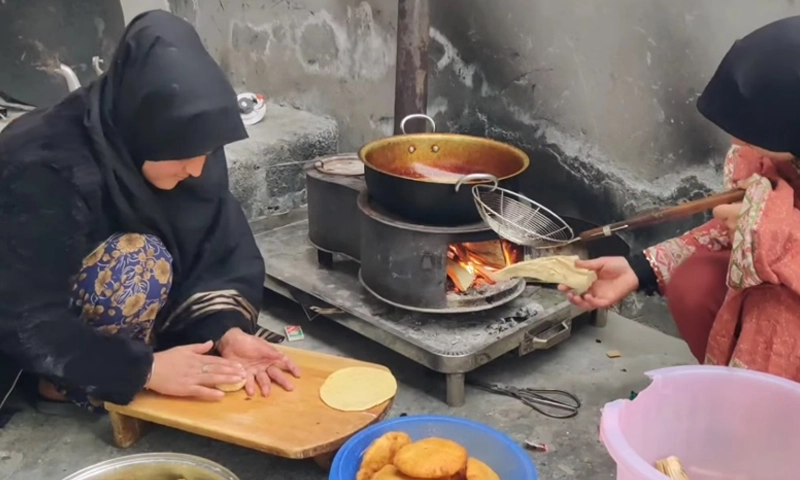
GILGIT: While most people across Pakistan celebrate Eidul Fitr with sweet dishes like sheer khurma, vermicelli and other desserts, the people of Gilgit-Baltistan have a unique way of celebrating the festival.
Here, the highlight of Eid is a traditional paratha called sheriks — a savory delight that holds deep cultural and emotional value. As the moon of Eid appears over the snowy peaks of Gilgit-Baltistan, the smell of sheriks being fried in mustard oil fills the air.
Made from wheat flour and fried in mustard oil, sheriks are simple-looking round parathas with a rich taste. Safflower petals are also added to them for a lovely fragrance, golden color, and special flavor. Sherik isn’t just food — it’s a symbol of tradition, family, and love.
Tourists flock to Murree during Eid holidays
In many households, women begin preparing sheriks during the last week of Ramazan. The sheriks are then stored carefully, allowing families to enjoy them in the weeks following Eid.
It’s especially served at breakfast during Eid days, often with butter and salty tea. Every household ensures they have an ample supply to offer guests who visit them during and after Eid.
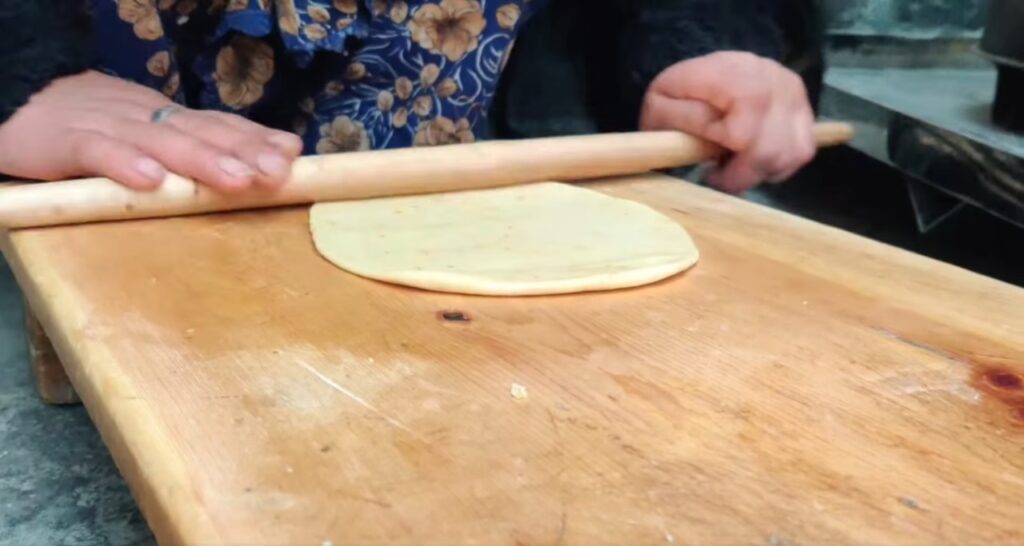
“This is something we’ve been doing for generations. Making sherik brings the family together. It’s one of the most joyful parts of Eid preparations,” says Shereen Karim a journalist from Gilgit.
Sheriks are not just round. They have two more beautiful variations based on shape. The triangular-shaped sheriks are known as tooters, usually thinner and slightly crispier. The rectangular ones, often decorated with wave-like patterns, are called arzoq.
Sheriks are more than just food. One of the most beautiful traditions linked to sheriks, is the way it is shared. It is a custom to send sheriks to married daughters, sisters, and aunts as a gift during Eid to show love and respect.
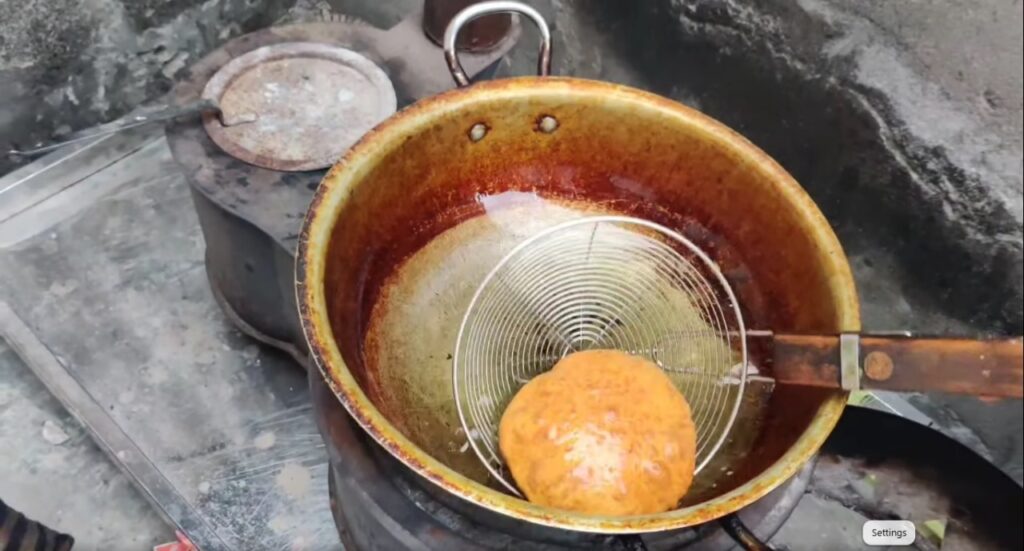
“This is our way of saying, ‘you are remembered, you are loved,’” says Karim, adding, “Even if our daughters are far away, a pack of sheriks always finds its way to their homes.”
One of the women keeping this tradition alive is Jabeen Zahra, a resident of a vocational centre for specially-abled women in Danyore.
“Sherik is part of our old Eid culture. We make many of them, not just for ourselves but to share with our neighbors and relatives. We all eat together, and it brings everyone closer,” says Jabeen Zahra.
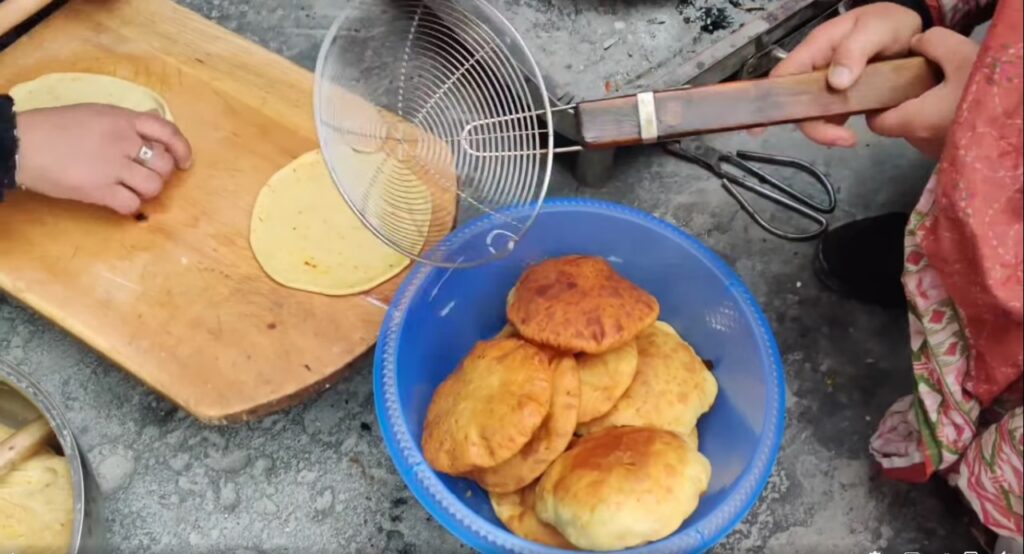
She said the recipe includes eggs, safflower (locally known as Pang), milk, and salt to enhance both the flavor and aroma.
Zahra said then these ingredients are mixed together along with a small amount of baking powder and water is used to knead the dough. The dough is left for some time to rest so it can rise properly.
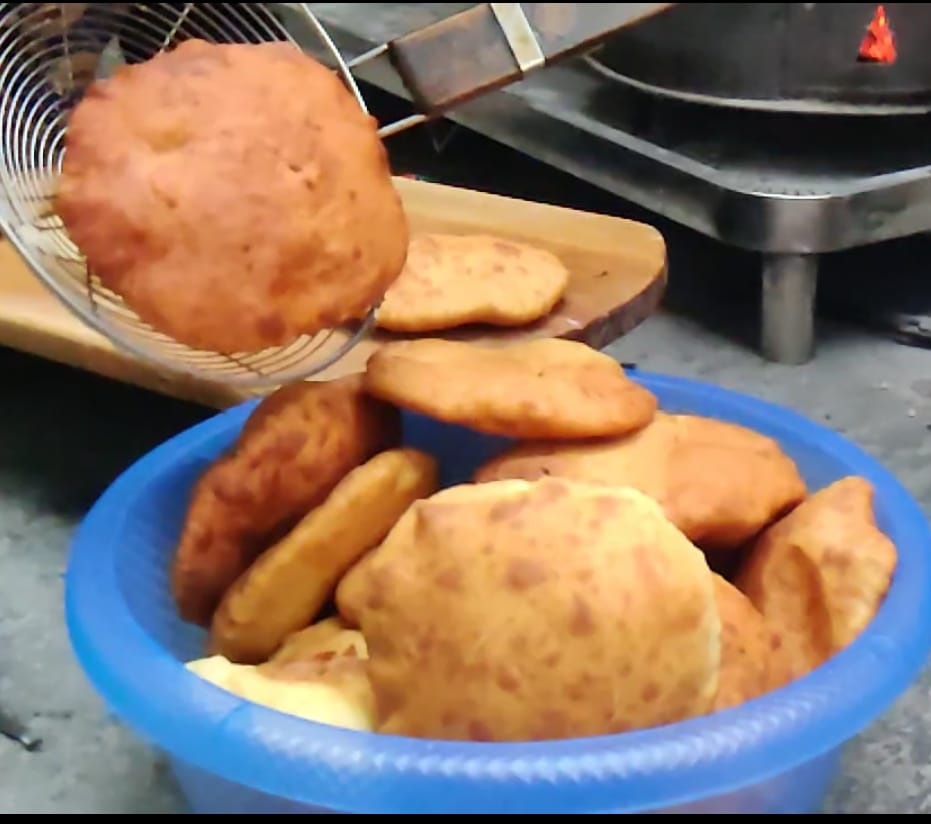
Once ready, she said, the dough is shaped into Sheriks — some round, some triangular, and some rectangular — and then fried to golden perfection. “It gives so much joy when we all gather and eat them together,” Zahara added with a smile.




